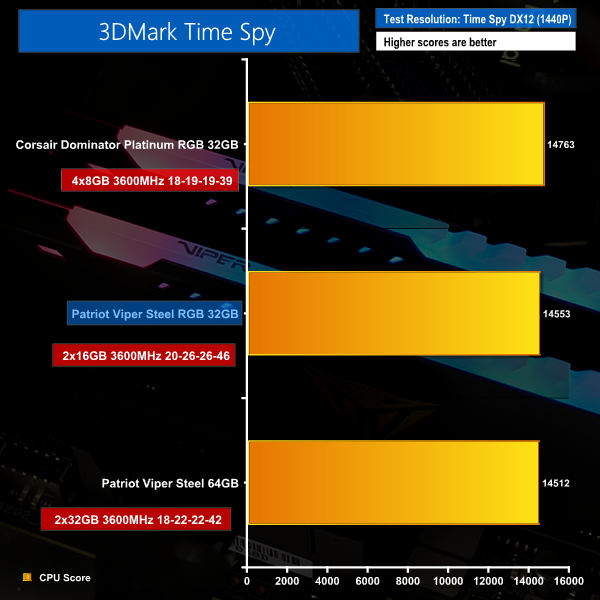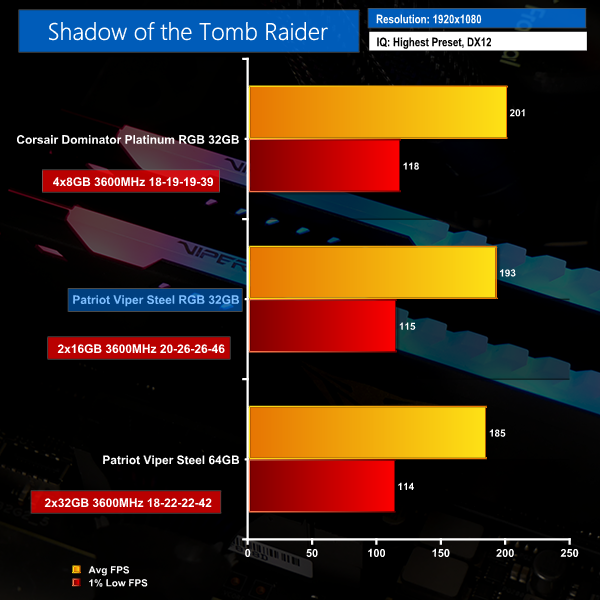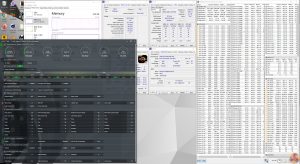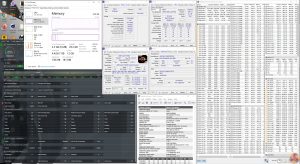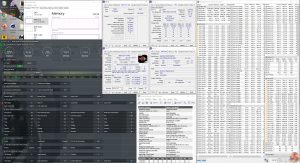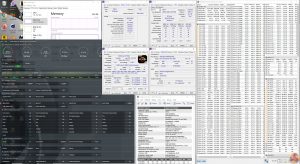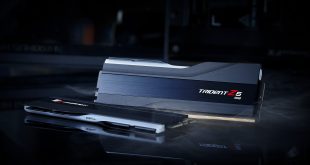Gaming Tests
It’s more of the same in gaming-related tasks. The Viper Steel RGB is marginally quicker than the technically tighter 64GB SpecTek-equipped kit, but Corsair’s more expensive modules are tough to match.
In real world gaming, that translates into higher FPS for the Corsair Micron-based kit. But the Hynix ICs for the Viper Steel RGB memory do a reasonable job and manage to outperform the SpecTek-based 64GB Viper Steel kit once again.
Overclocking
Overclocking actually presented us with a reasonable amount of success even when accounting for the particularly loose stock XMP timings.
Focusing on increasing the frequency whilst maintaining the stock 20-26-26-46 timings, we managed to get as high as 4066MHz with 1.45V. This is a pretty good result in our opinion but obviously we still have the slack timings.
Switching focus to tightening the timings while at the stock 3600MHz frequency, we got as tight as 16-18-18-46 with 1.45V. Again, this is a reasonable result and manages to match some of the more premium 3600MHz kits on the market, albeit with the luck of the silicon lottery and a high voltage used.
Aiming for a balance between frequency and timings, we managed 4000MHz 18-22-22-46 at 1.45V with a frequency bias. And with a timings bias, we hit 3800MHz 16-20-20-46 at 1.45V.
That 3800MHz CL16 result was particularly positive in our opinion as it allowed a 1:1 divider to run with a 1900MHz Fabric clock on our overclocked Ryzen 9 5950X CPU.
Overall, the stock timings are lacklustre for the 3600MHz frequency. But the pair of 16GB DIMMs overclock to some solid settings when a little effort and 1.45V DRAM voltage are applied. 3800MHz CL16 with 1900MHz Fabric clock is reasonable outcome for our testing.
 KitGuru KitGuru.net – Tech News | Hardware News | Hardware Reviews | IOS | Mobile | Gaming | Graphics Cards
KitGuru KitGuru.net – Tech News | Hardware News | Hardware Reviews | IOS | Mobile | Gaming | Graphics Cards


